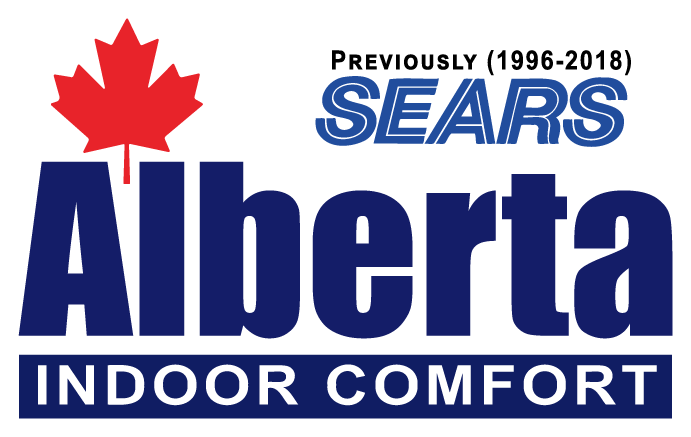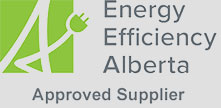
New Year, New You: Don’t Forget About the Air You Breathe
As the calendar turns to January, many of us embrace the tradition of setting New Year’s resolutions focused on health and wellness. We commit to hitting the gym, eating clean, staying hydrated, and prioritizing self-care. These are fantastic goals that can lead to improved energy, better physical health, and a more balanced lifestyle. However, there’s one critical factor of health and wellness that is often overlooked: the air we breathe at home.
Indoor air quality (IAQ) plays a massive role in our overall health. Yet, most people don’t give it a second thought when making their annual wellness plans. Think about it—after your intense workout or healthy meal, you return home to relax. But if the air circulating in your home is laden with dust, allergens, mold spores, and other contaminants, your efforts toward wellness might be undermined by something as simple as breathing.
The Hidden Impact of Poor IAQ
The air in your home could be hiding harmful pollutants you’re not aware of. Dust, dander, bacteria, viruses, and volatile organic compounds (VOCs) from cleaning products or off-gassing furniture can all contribute to poor IAQ. Over time, breathing this contaminated air can lead to respiratory issues, allergies, fatigue, and even long-term health concerns like asthma or weakened immune function.
The irony is that many of us invest significant time and money into wellness routines—expensive gym memberships, organic groceries, and supplements—while neglecting the quality of the air we’re breathing for hours every day.
A Fresh Start: Prioritizing IAQ in 2025
Improving your indoor air quality doesn’t have to be overwhelming. In fact, there are simple, effective steps you can take to make your home a healthier environment this year:
- 1Schedule HVAC Maintenance: Your heating and cooling system is the heart of your home’s air circulation. Regularly changing air filters and scheduling professional tune-ups can keep your system running efficiently and reduce airborne contaminants.
- 2Consider Duct Cleaning: Over time, dust, dirt, and even mold can accumulate in your ductwork. Cleaning your ducts removes these contaminants and improves airflow, ensuring cleaner air in every room.
- 3Seal Your Ducts: This improves indoor air quality by preventing pollutants, dust, and allergens from entering your home's air circulation through leaks in the ductwork.
- 4Invest in an Air Purifier: High-efficiency air purifiers can trap pollutants like bacteria, viruses, and allergens. Many modern systems are designed to work seamlessly with your existing HVAC system for whole-home purification.
- 5Control Humidity: High humidity levels create a breeding ground for mold and dust mites, while low humidity can cause dryness and irritation. A humidifier can help maintain an ideal balance.
- 6Eliminate VOCs: Use non-toxic cleaning products and choose furniture with low VOC emissions to reduce chemical pollutants in your home.
Health Is More Than Skin Deep
When we think about health and wellness, it’s natural to focus on visible changes like weight loss, muscle tone, or glowing skin. But wellness goes beyond what we see—it’s about creating a foundation of health that supports every aspect of our lives.
This year, as you work toward your health goals, remember to include your home’s air quality in the equation. After all, what’s the point of eating clean and exercising if you’re constantly inhaling dirty, germ-infested air? By improving your IAQ, you’ll take a holistic step toward feeling better, breathing easier, and truly thriving in 2025.
Let’s make 2025 the year you don’t just live healthier—you breathe healthier, too.
We Specialize in Senior Accessibility
Give us a call to find out more about how we help with age-in-place






DID YOU KNOW ?
More studies show that cognitive function was shown to be up to 50% worse in environments with higher carbon dioxide concentration, which is a symptom of insufficient make up air.
Consult our Experts to enhance your home to a great learning environment.
Proudly Serving Greater Calgary, AB















